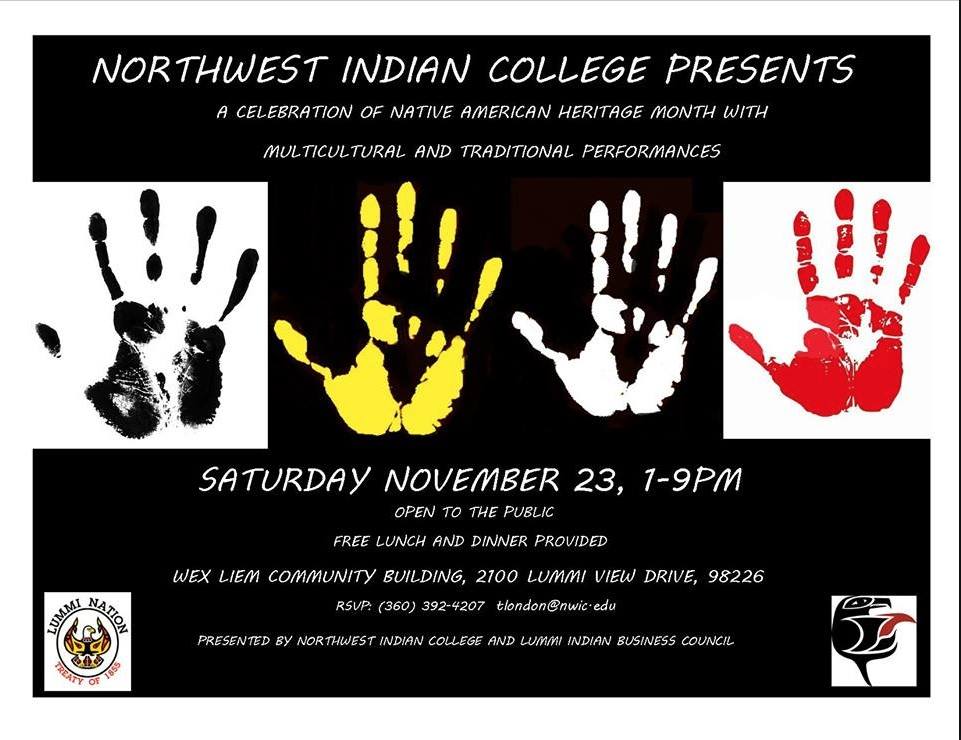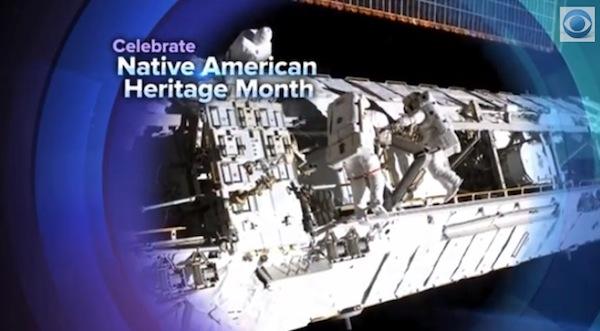Source: Indian Country Today Media Network
On November 21, the Senate passed a resolution introduced by Senate Committee on Indian Affairs Chairwoman Maria Cantwell (D-WA) to honor the Nation’s first Americans during Native American Heritage Month.
The resolution passed the Senate on November 20.
“The contributions that American Indians have made to the foundation of the United States are significant and continue today,” Cantwell said. “From influencing the documents that founded our Nation to serving in World War II as code talkers, American Indians have helped shape the face of our Nation.”
Cantwell was joined in introducing Senate Resolution 305 by 24 bi-partisan colleagues, including Senators Tammy Baldwin (D-WI), John Barrasso (R-WY), Mark Begich (D-AK), Thad Cochran (R-MS), Michael Crapo (R-ID), Al Franken (D-MN), Kirsten Gillibrand (D-NY), Martin Heinrich (D-NM), Heidi Heitkamp (D-ND), Mazie Hirono (D-HI), John Hoeven (R-ND), Tim Johnson (D-SD), Amy Klobuchar (D-MN), Edward Markey (D-MA), Jeff Merkley (D-OR), Jerry Moran (R-KS), Harry Reid (D-NV), Brian Schatz (D-HI), Jon Tester (D-MT), John Thune (R-SD), Mark Udall (D-CO), Tom Udall (D-NM), Mark Warner (D-VA), and Ron Wyden (D-OR).
The resolution recognizes the month of November 2013 as Native American Heritage Month; along with the Friday after Thanksgiving as Native American Heritage Day in accordance with the Native American Heritage Day Act of 2009; and urges the people of the United States to observe National Native American Heritage Month and Native American Heritage Day with appropriate programs and activities according to an SCIA release.
“Since time immemorial, American Indians have occupied the lands we now know as the United States. To date, the federal government recognizes 566 distinct tribal nations across the country. While these Indian tribes share many attributes, each tribe is unique. The contributions that American Indians have made to the foundation of the United States are significant and continue today. From influencing the documents that founded our Nation to serving in World War II as code talkers, American Indians have helped shape the face of our Nation. It is fitting that we are honoring the code talkers this week with a Congressional Gold Medal Ceremony, as Native Americans have served in the military at a higher rate per capita than any other group in the country,” Cantwell said in her floor speech.
RELATED: Code Talkers From 33 Tribes Receive Congressional Gold Medals
“Native American heroes played a significant role in World War II. Among them was Charles Chibitty of the Comanche Nation, who aided the successful landing at Normandy and the capture of an enemy flag in a French village, for which he was recognized by the French government. The code talkers came from many tribes, including the Navajo, who played a crucial role in the Pacific. The Choctaw, Sioux, Assiniboine, Apache, Hopi, Mohawk and many other tribes gave this Nation their dedication, determination and courage. They will never be forgotten.
“As we celebrate National Native American Heritage Month, I encourage my colleagues to take some time and think about the federal government’s responsibilities to our first people. I ask my colleagues to support this resolution designating November 2013 as National Native American Heritage Month and November 29 of this year as Native American Heritage Day, and I encourage all Americans to recognize the important contributions American Indians have made to this great Nation,” she concluded
Read more at http://indiancountrytodaymedianetwork.com/2013/11/25/senate-passes-resolution-honoring-native-american-heritage-month-152421









